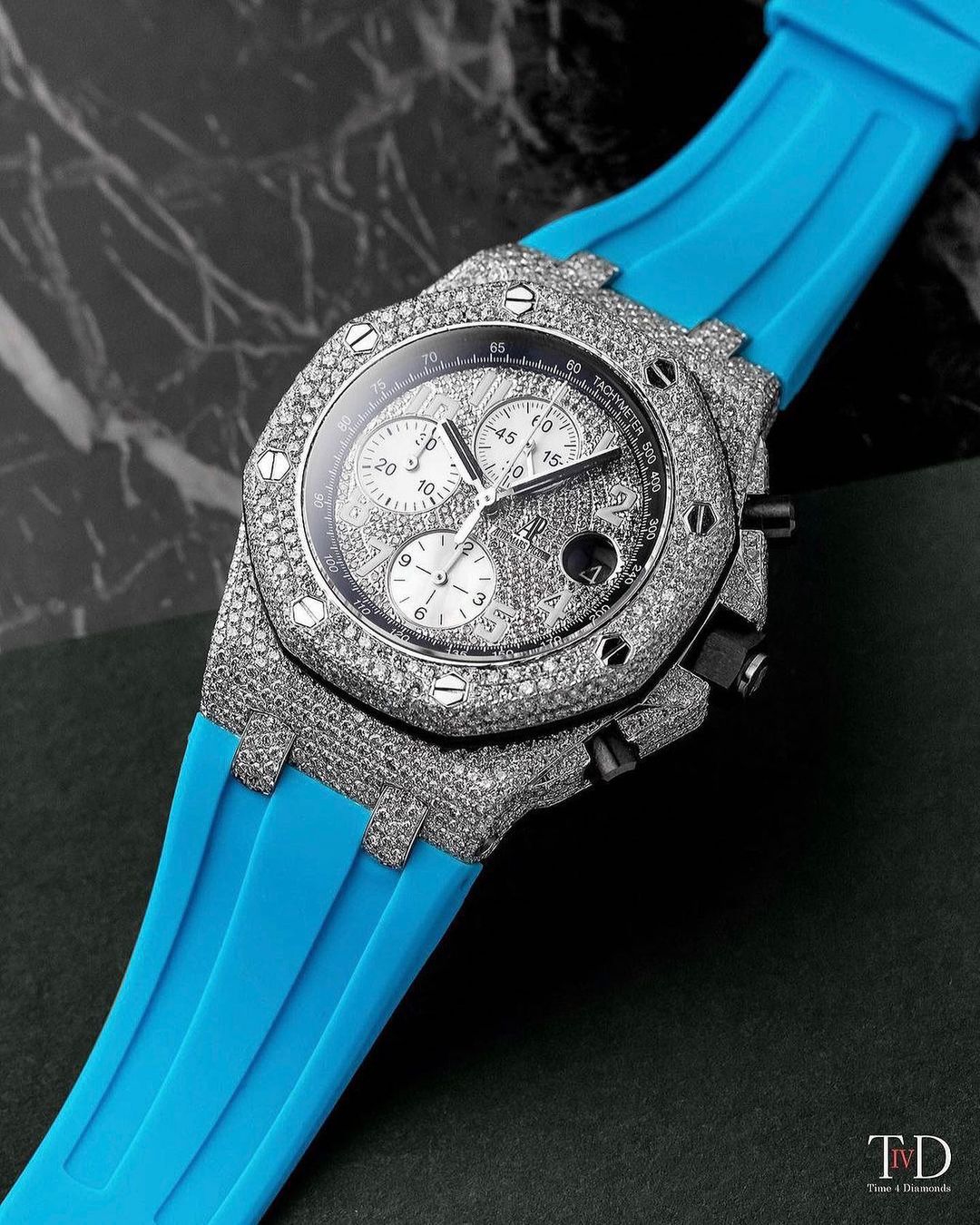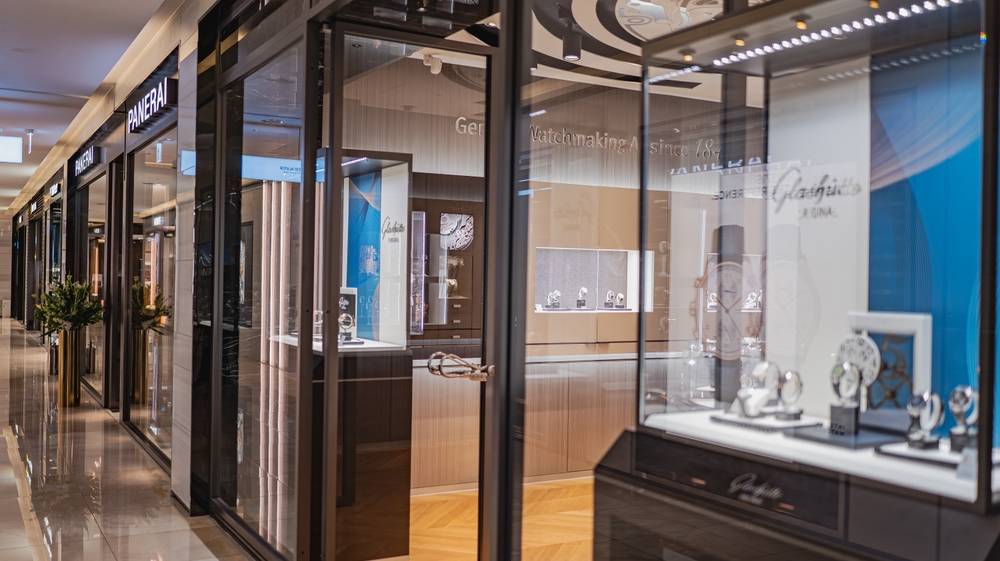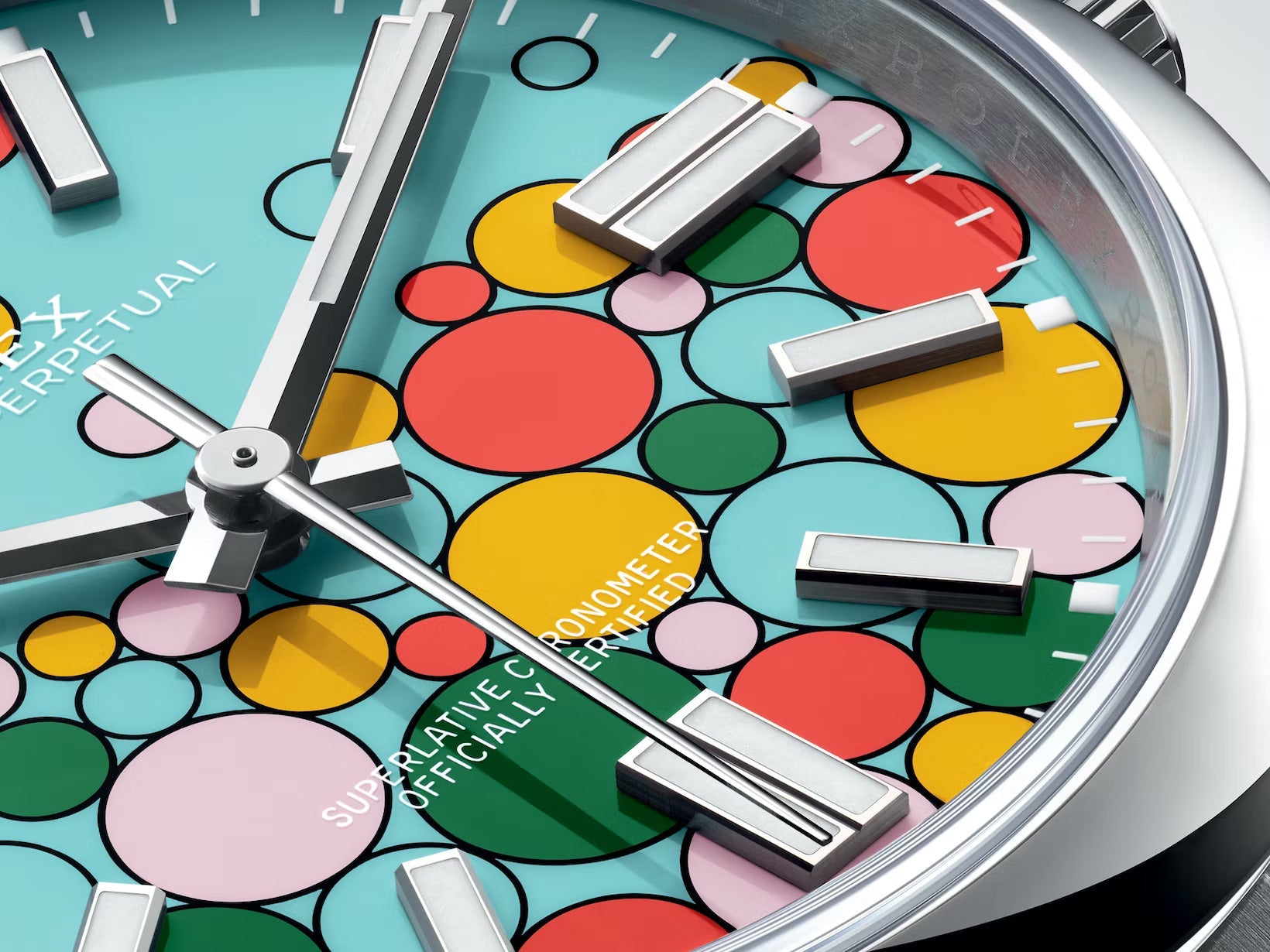June 24
Six Reasons Why Luxury Watches Are So Expensive

The world of luxury is somewhat mysterious. Items that could otherwise be very affordable can cost multiples of that price, and the world of luxury timepieces is no different. A simple watch from an entry-level brand might cost a few hundred dollars, even less depending on what you want, and a super rare luxury timepiece from a brand like Richard Mille, Patek Philippe, or Rolex can cost hundreds or sometimes even millions of dollars.
So, why are luxury watches so expensive? Let's explore six of the main reasons.
Expensive Materials
Starting with one of the most apparent reasons why a luxury watch will typically be rather expensive takes us to the physical materials it is made from. Just like any luxury item, luxury watches must be of a certain build quality to command their hefty 'luxury' price tag. As such, brands and watchmakers cannot skimp on their materials.
When they use precious metals, they can't use plating or capping; they have to use solid gold or platinum. Likewise, even their stainless steel has to be of a certain quality, and thus the price of the watch goes up from what another cheaper watchmaker might be able to offer.
Typically the hands and indices on the dial are precious metal too to prevent tarnishing, ceramics are used, no plastic will be found in the movements, and the general build quality will be excellent.
Levels of Finishing
Feeding off of the point about the materials, the materials that make up a luxury timepiece will also usually be finished to a high standard. This means the case surface has been expertly polished, brushed, and constructed so that it looks immaculate and fits together correctly.
You might notice that a luxury watch just looks different from afar than a less expensive watch; this is usually due to the higher level of finishing presenting itself through the dials, surfaces, and beveled edges that make up a luxury watch.
Time to Produce
Closely linked to the level of finishing that goes into a timepiece is the time it actually takes to achieve a luxury-level finish. Luxury timepieces cannot just be thrown together; they require highly-trained artisans to spend a lot of their rather expensive time on each individual watch to attain a luxury standard. As luxury watches are often hand-produced, this high level of detail, which takes a long time, is expensive, and needs to be paid for by the customer.
Rolex watches take over a year to manufacture from start to finish; that is one year of overheads, labor, rent, bills, and other expenses to pay for. Jaeger Le Coultre test their watches for over 1000 hours, and that time isn't cheap; watchmakers are generally paid rather well given the level of experience and education required to be as proficient as the top brands require.
Retailer Mark-up
Another cost built into a luxury timepiece's price is the retailer's mark-up. Generally speaking, as a rule of thumb, the retailer mark-up is 100% of their cost, so if they buy a Submariner from Rolex for $5,000, they will retail it for $10,000 – these numbers aren't exact, but the point stands.
Luxury timepieces are sold by luxury retailers who have to pay a myriad of costs such as staff, expensive high-street rent, expensive furniture, and décor, among other costs, in order to provide their luxury experience. Sales taxes, VAT, credit card surcharges, and other costs also have to be added to the final price of the watch that a retailer has to charge, making them even more expensive.
Research and Development
Perhaps one of the most easily ignored and overlooked contributing factors in the cost of a luxury watch is the money that has been invested into the watch via the brand's own research and development. As luxury timepieces are, by their very definition, luxury items, their customers would not be happy if the watches they were buying were not becoming more and more advanced. As such, brands have to spend millions every year on new manufacturing techniques, new movements, new materials, improved staff training, and so on.
Luxury watch owners come with high standards, and so they rightfully expect their timepieces to perform, look and feel like luxury timepieces. Even just the cost of developing one single movement in-house will take 5-7 years and will cost anywhere from $8-$20 million, depending on the complexity and so on.
In addition, brands are often in various stages of R&D for various potential movements, some of which will be a commercial success and some of which won't. These costs need to be worked into the prices of their watches. The higher-end the brand's movements, the more expensive their R&D, and by extension, the more expensive their watches.
Marketing
Finally, the last contributing factor that makes luxury watches so expensive is the brand's marketing costs. Luxury watchmakers, just like any luxury brand, are essentially a marketing company that aims to sell a particular item. Watchmakers typically sponsor prestigious events like tennis tournaments, football tournaments, sports teams like Formula 1 and yachting teams, have famous brand ambassadors, attend promotional events, and use inefficient conventional advertising like magazines and newspapers, alongside plenty of other expensive marketing outlets.
Ultimately, these are the reasons why we want to buy luxury timepieces from one watchmaker over another, and so brands invest very heavily into them, which leads us to have more costs to cover as the final step in the chain.
Ultimately, there are hundreds, if not thousands, of costs that go into the price of any luxury timepiece, just like any other luxury or non-luxury item. From government taxes, wages, utility costs, fuel, insurance, etc., the list goes on and on. Still, these six aforementioned reasons are the main six reasons that go into luxury timepieces that other timepieces do not have to factor in, or can factor in a lot less.
Sure, entry-level brands make their own movements (at times) and the market, but not to the same level as high-end luxury brands like Patek Philippe, Rolex, Audemars Piguet, Richard Mille, and so on.
June 24
All postsFeatured Posts

December 14
What to Buy as a Christmas Gift This Year (For Watch Collectors)

November 13
Cartier Santos 100 XL: The Path to New Heights

March 27